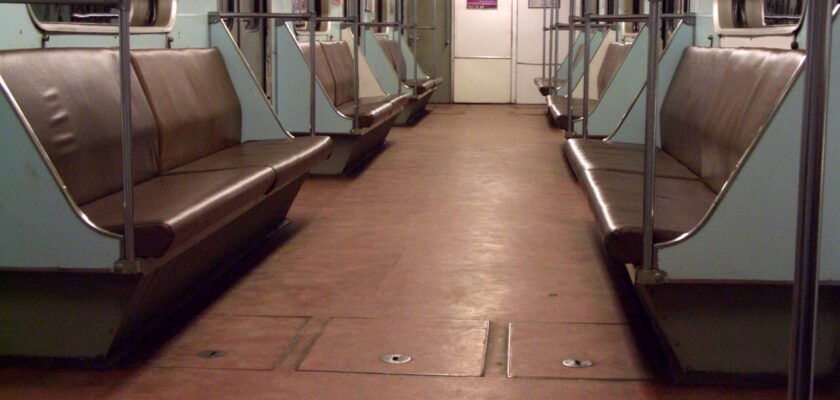St. Petersburg Metro
St. Petersburg Metro is one of the main modes of public transportation in the Northern Capital. With the help of the extensive network of the St. Petersburg metro you can easily and quickly get to almost any part of the city. Nowadays, the total length of the lines of high-speed underground transportation of St. Petersburg is 118.6 km. There are 69 stations on five branches. For convenience of movement there are 7 large interchange hubs. There are 12 stations adjacent to railway stations and railway platforms, which means that residents of the Leningrad region can easily reach the city center.
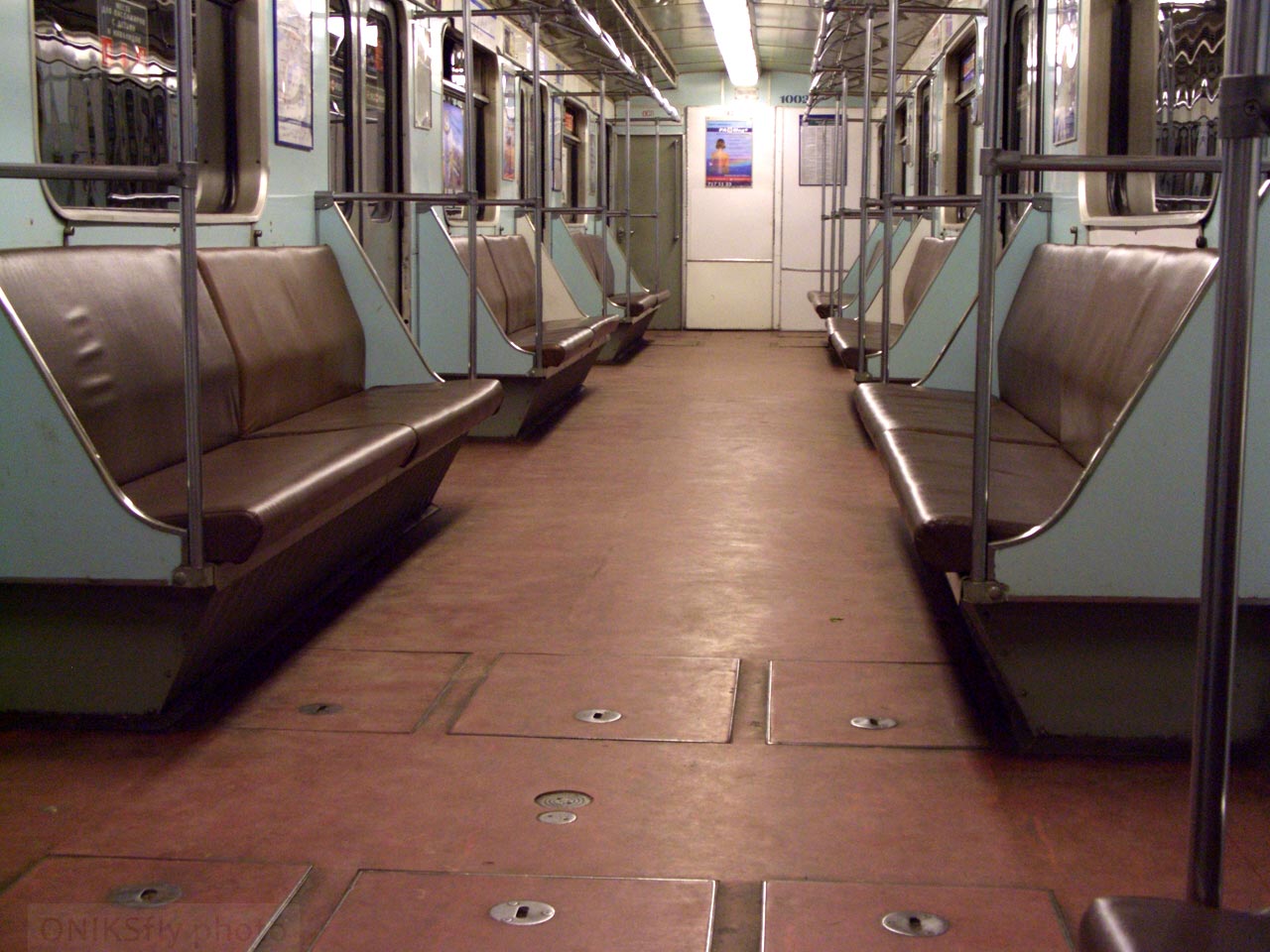
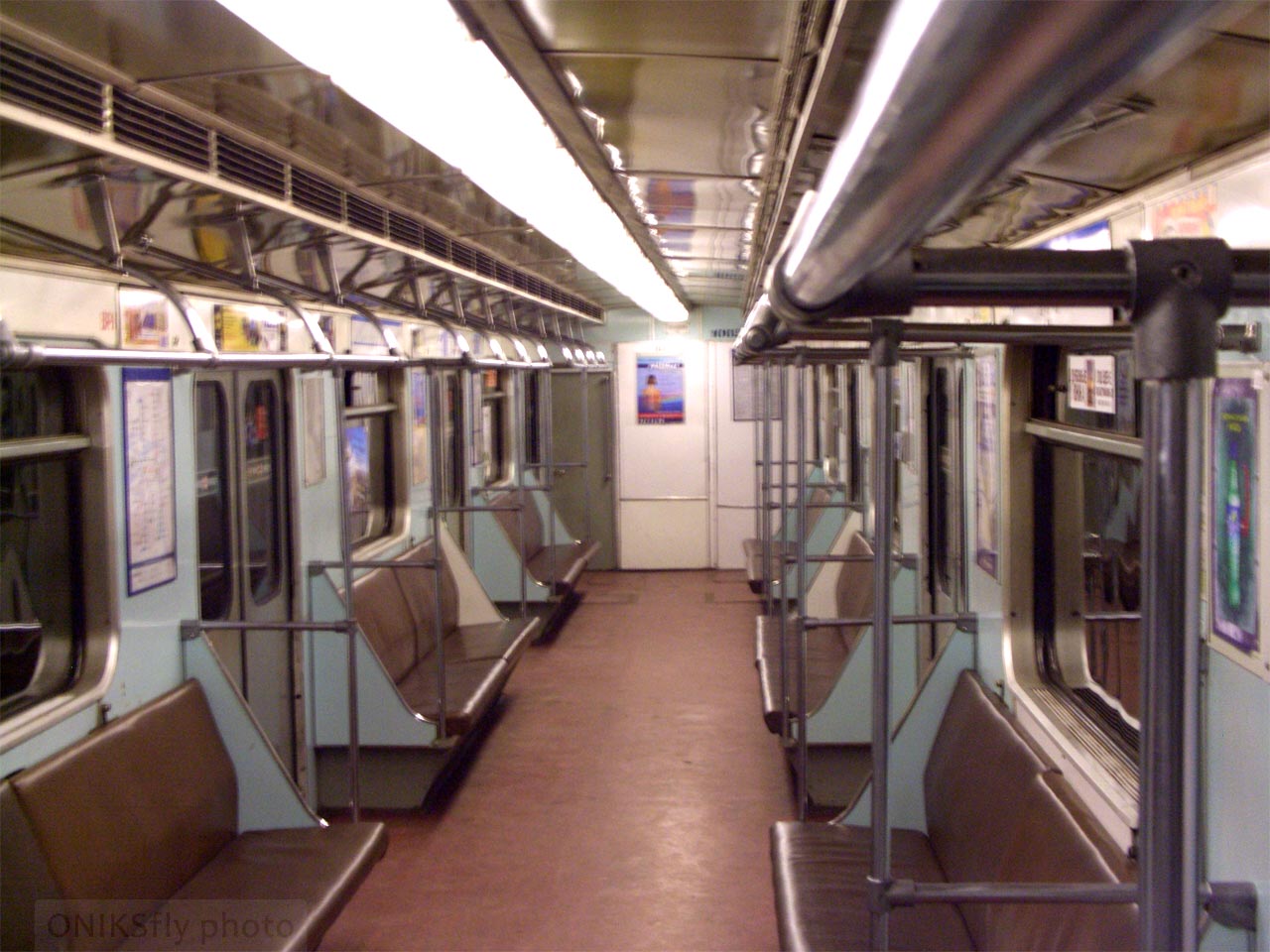
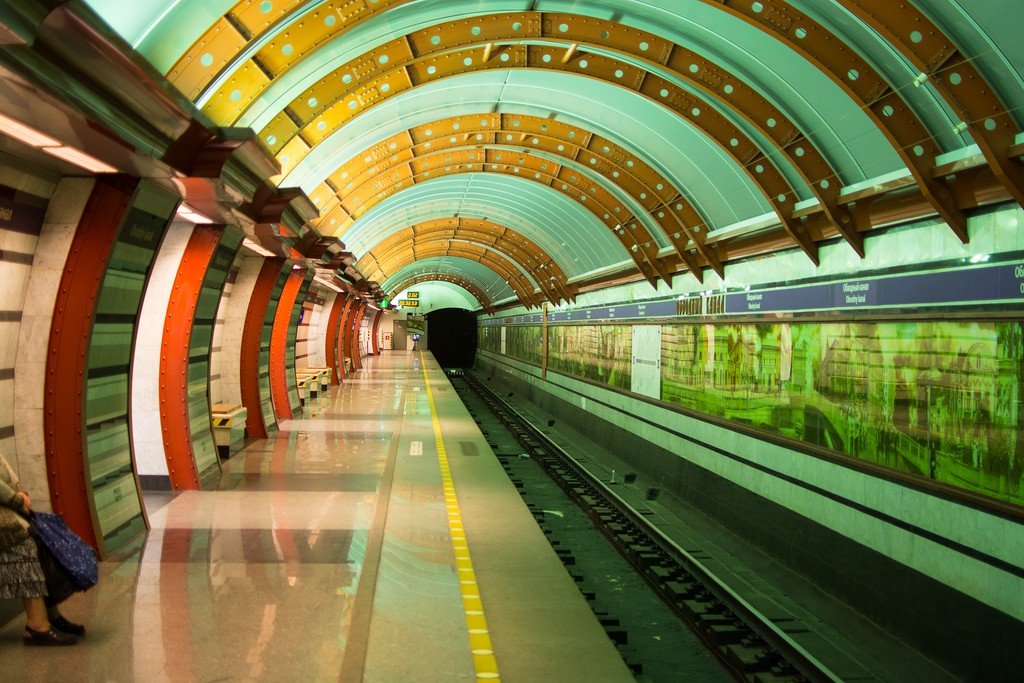
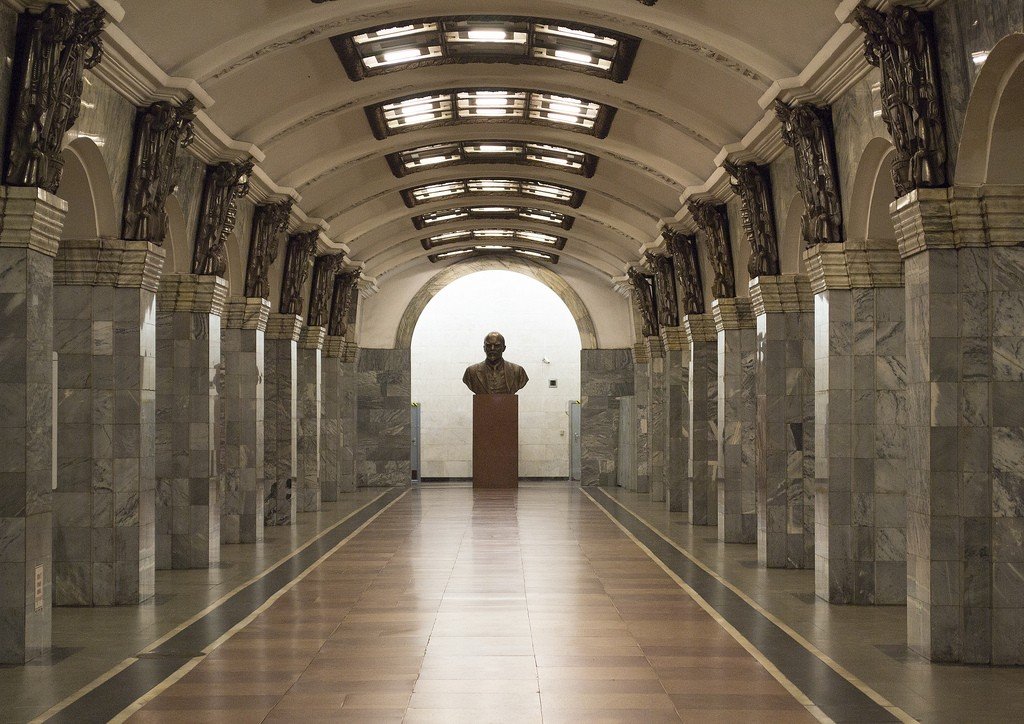
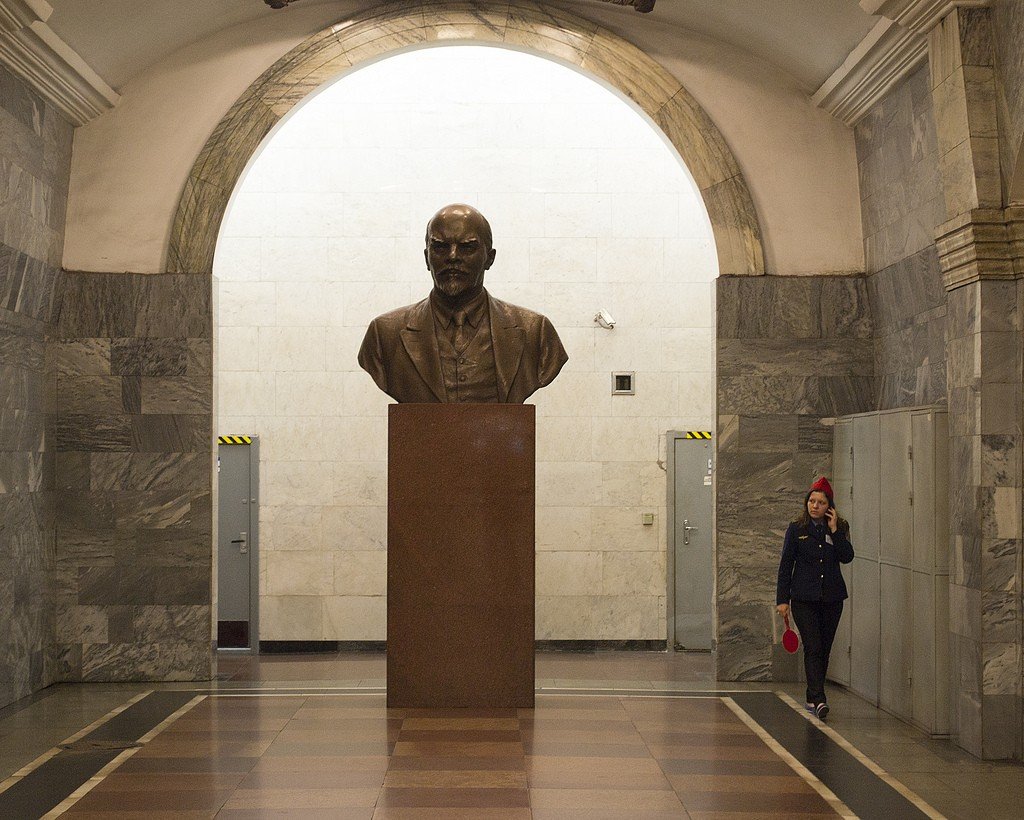
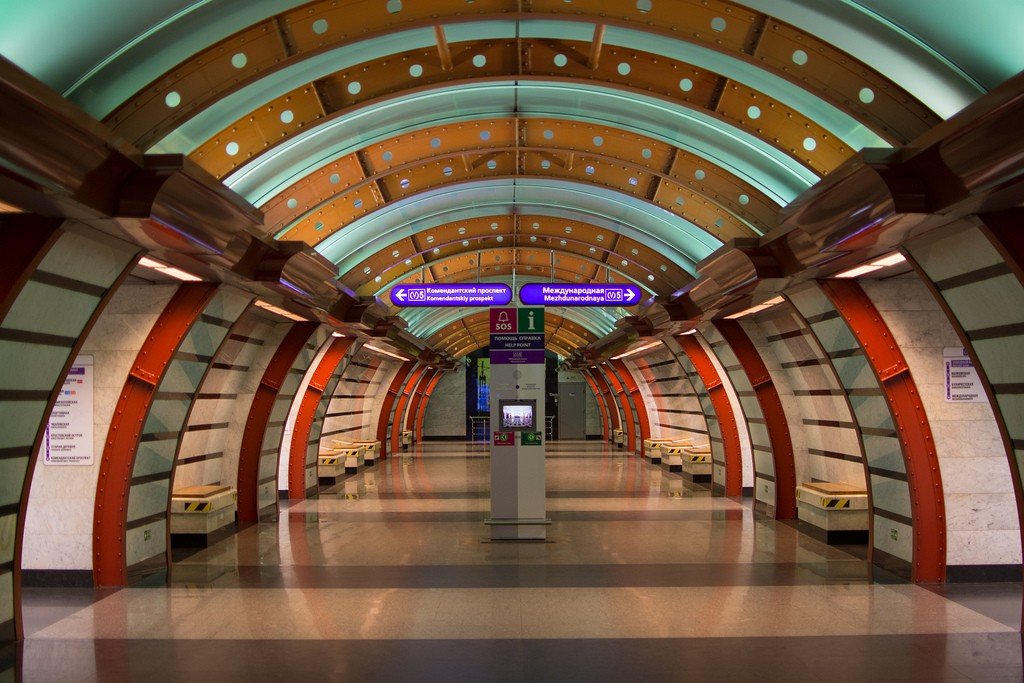
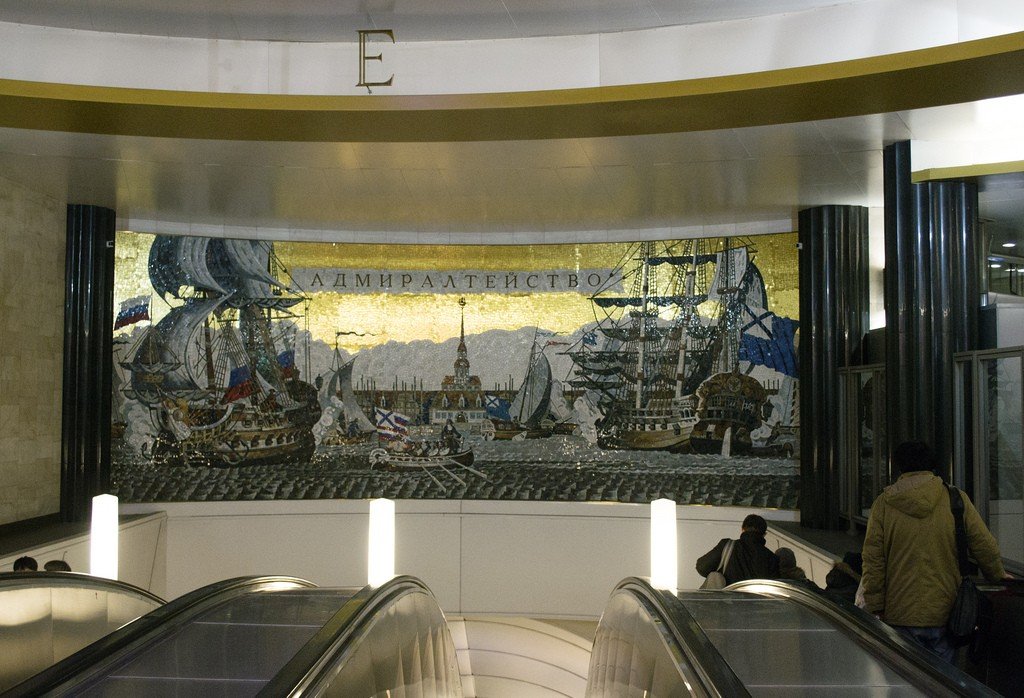
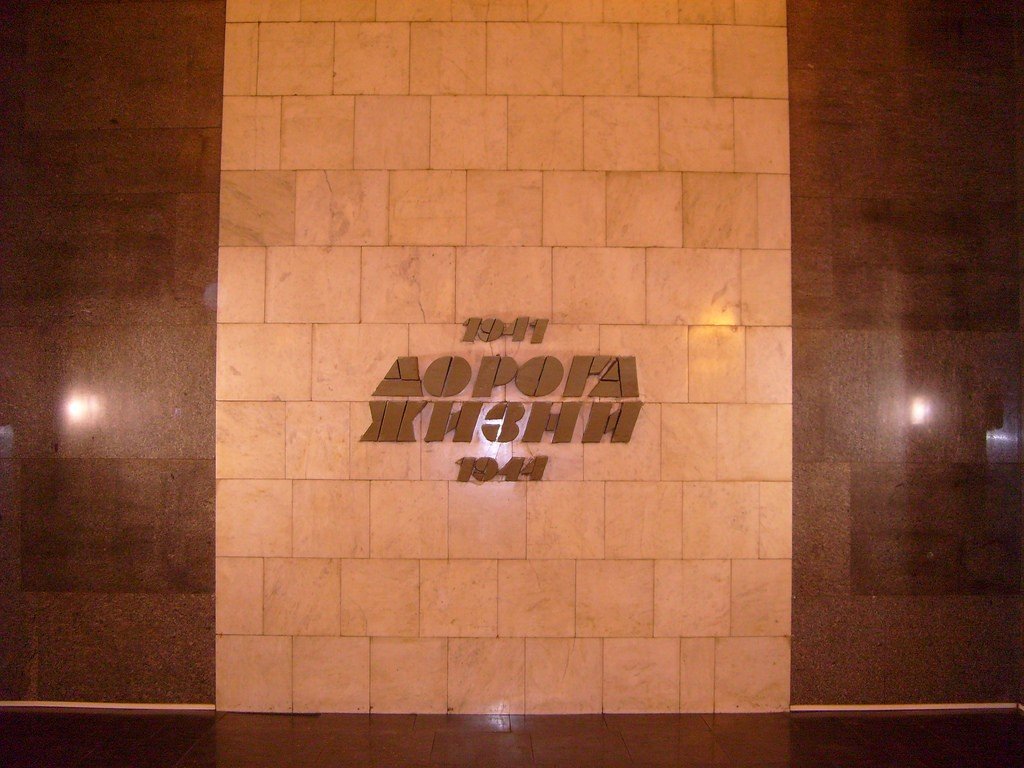
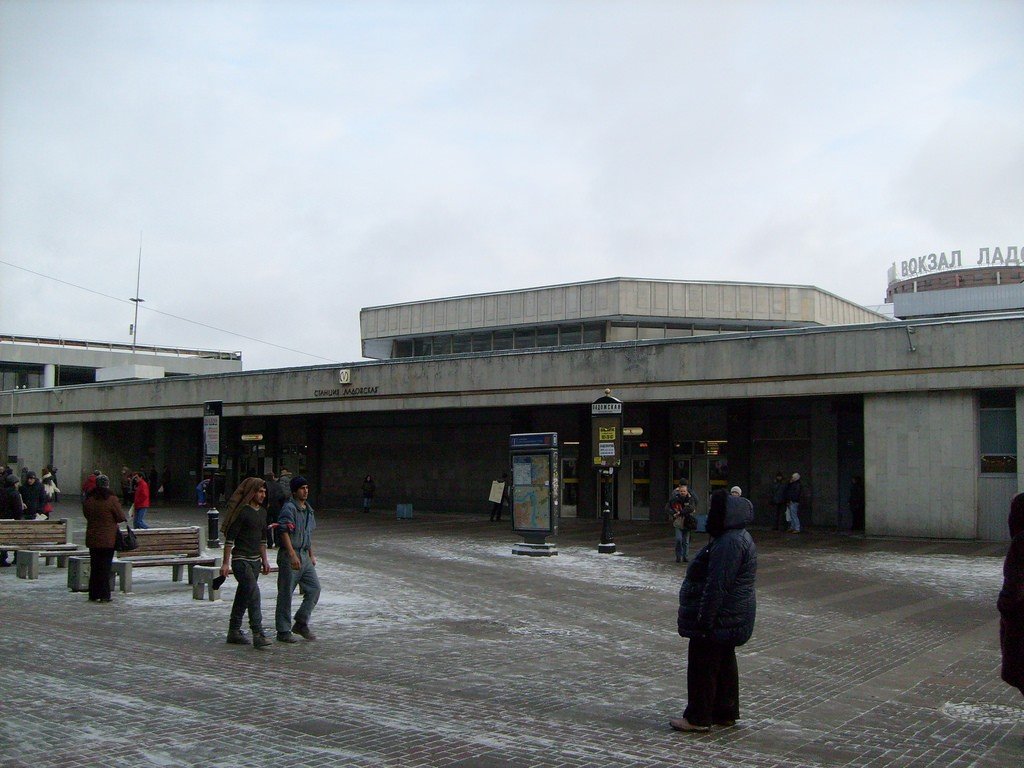
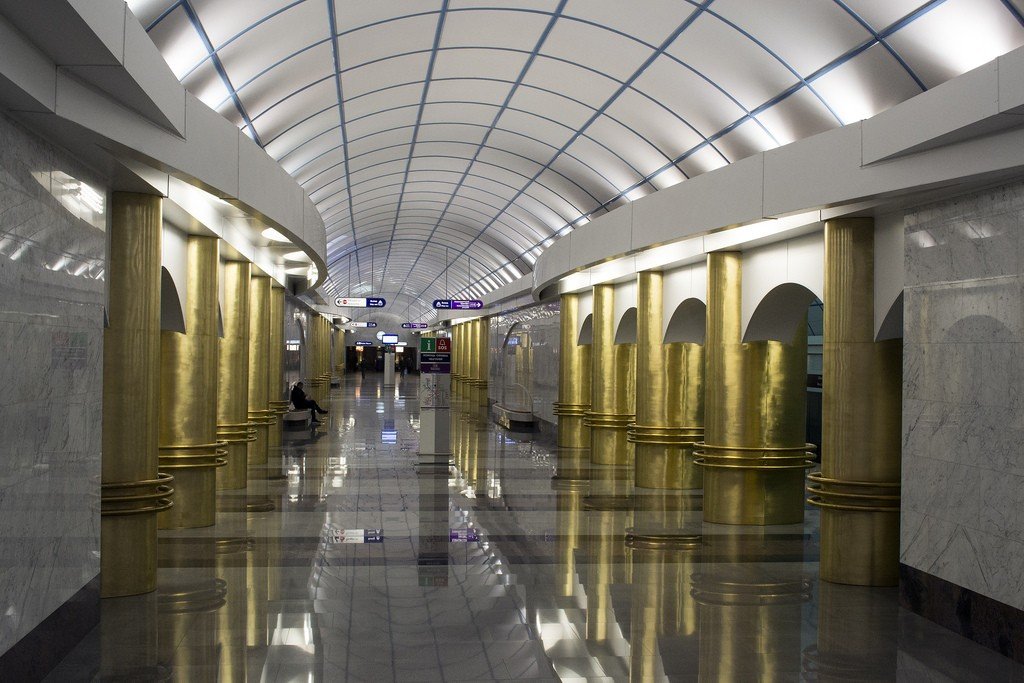
Video: St. Petersburg Metro
Contents- Highlights
- History of St. Petersburg subway
- St. Petersburg subway records
- What interesting things you can see in St. Petersburg subway
Highlights
The first metro line in St. Petersburg took passengers in 1955. It was built 20 years later than the underground transportation in Moscow. Until 1982, the St. Petersburg subway had the status of the northernmost subway on the planet, then the palm of superiority was given to the underground trains of Helsinki. However, the St. Petersburg metro continues to be the northernmost metro in Russia.
The St. Petersburg metro consists of 69 stations, between which 6-, 7- and 8-car trains run. They move underground at a maximum speed of 90 km/h. On all branches of the subway, six to seven cars are used, and on the busiest, red line, city dwellers and tourists are transported by longer trains consisting of eight cars. St. Petersburg’s metro ranks 19th in the world in terms of daily passenger volume transported.
.The subway in the Northern Capital was the first on the planet to feature unusual stations called “horizontal elevators”. At them, automatic doors in the walls open at the same time as the carriage doors. Today there are 10 such stations in the city. Since a certain time, the construction of “horizontal elevators” has been discontinued. Such stations were recognized as more dangerous for passengers, and it proved difficult for drivers to stop high-speed trains with extreme precision.
.
The St. Petersburg metro does not meet the transportation needs of the growing giant city, which means that it should be gradually developed. In the near future it is planned to increase the length of the yellow and purple branches. But the red and blue branches will not be extended in the northern direction, as well as the Ring Line will not be built in the coming years.
.History of the St. Petersburg subway
The first public discussions on the construction of underground transportation in the capital of the Russian Empire took place back in the late 19th century, but all the pre-revolutionary projects created were rejected by Nicholas II. The construction of tunnels began in early 1941. It was decided to start the first branch by the end of 1942. But the Great Patriotic War made significant adjustments, and the construction of the subway returned only in 1946.
.
There were enough problems in the construction of the subway in St. Petersburg. The city is built on the banks of the river and islands in the Neva delta. Under its streets and buildings there are many aquifers, and therefore it was necessary to build a system of stations and distances located quite deep underground.
Sections of the subway that passed through unstable water-containing soils were frozen by builders with Freon cooled to -12°C, and this inevitably lengthened the construction period and increased financial costs. In some places, old buildings and temples had to be demolished to erect ground pavilions.
.
The first trains on the section from “Avtovo” to “Ploshchad Vosstaniya” were launched in 1955. To this day, the first eight stations built are considered to be the most lavishly decorated in the entire St. Petersburg metro.
.
Over the following decades, one new station was built about once a year. In total, 69 of them were built. Almost all stations were opened before New Year’s Eve, and they became a wonderful pre-holiday gift for the city’s residents.
.
From time to time the subway builders had problems. So, the station “Pushkinskaya” wanted to open among the first – back in 1955. But an unforeseen thing happened: just before the launch, the inclined passage and escalator collapsed. It was necessary to carry out large repair work, and the station started working a year later..
One of the stations on the red branch of the St. Petersburg metro – “Dachnaya”, on the contrary, was permanently closed. It used to be an above-ground station located just behind Avtovo. When the branch was extended, “Dachnaya” was converted into a building. Now it houses the inter-district registration and examination department of the State Automobile Inspection Service.
.Water-bearing Petersburg soils made themselves known by a large washout of one of the tunnels. It happened in the late winter of 1995 in an underground passage located between Ploshchad Muzhestva and Lesnaya stations. Unfrozen float flooded the tunnel and workers were nearly injured in the tunnel. The damage was so severe that the movement of trains had to be blocked. To prevent further flooding, a special partition was built near Lesnaya station. Repair and restoration works lasted for a long time and were completed only by the summer of 2004. After that, trains on the Vyborgskaya line began to carry passengers as usual.
.
The fifth branch of the St. Petersburg metro was built in 2008. For the longest time metro builders have been constructing the station “Admiralteyskaya”. Work on it was started in 1997, and finished only by 2011. Such a long construction was caused by both engineering difficulties and problems with financing.
.St. Petersburg subway records
- The subway of the Northern Capital is considered the deepest in the world. More than fifty stations in it are laid at a depth of more than 30 meters. This was due to the abundance of water-bearing soils on which the city stands. Twenty-four stations were built on islands in the Neva delta.
- The subway of St. Petersburg has the status of the westernmost and at the same time the northernmost in the country. In Russia, the westernmost station is considered to be Primorskaya, and the northernmost is Parnas.”
- The deepest in the country station “Admiralteyskaya” is located at a level of 102 meters below the surface of the earth.
- “Prospekt Veteranov” is considered to be the busiest station in terms of daily passenger traffic. By this indicator it is even ahead of the Moscow subway.
- The least busy station – “Polytechnicheskaya” – is located near the Polytechnic University. .
- The “Ploshchad Lenina” station has the longest escalator. Its 729 steps stretch for as much as 100 meters. .
What interesting things you can see in the St. Petersburg subway
- There is an unusual bas-relief depicting five horsemen sitting on four horses at the Ploshchad Aleksandr Nevsky station.
- Avtovo station has 46 columns. Only 16 of them are faced with faceted glass, and the rest are finished with stone. Before the launch of the station there was a strong rush, the contractors in no way could not meet the deadline, and therefore only 16 columns decorated according to the original design. The rest were temporarily covered with stone. However, as it turned out, nothing is more permanent than temporary. It is also curious that this station was the first in the St. Petersburg subway, which was built without escalators at all. Apparently, the construction fell on the period when they saved on everything.
- In the ground lobby of Narvskaya station there is an unusual sculptural composition. People in it look in one direction. And the place where their gazes are directed is empty, that is, the main character of the monument is missing. It is believed that originally on this place should have been installed the figure of Stalin. The panel with his image is preserved at the station, but passengers cannot see it. Since 1961, the panel has been covered by a decorative wall, behind which the service premises are located. .
- Monuments to the poet Alexander Pushkin are installed at two metro stations in St. Petersburg – “Pushkinskaya” and “Chernaya Rechka”. .
